World → South America → Central Andes
One of the best hiking regions in the world is the
CENTRAL ANDES Top 10
You might also assume the trekking season is Nov-Apr as it is in Patagonia. It is. But the best weather for the high peaks out of Huaraz, Peru is the drier “Andean summer”: May-Sept.
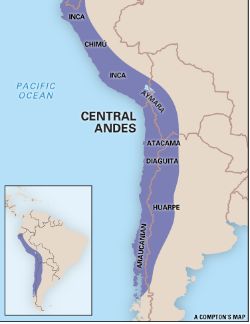 AT A GLANCE
AT A GLANCE
The “central Andes” as defined by Lonely Planet are in 3 countries: Ecuador, Peru and Bolivia.
- most famous are the Peruvian treks — but Bolivia has the potential, one day, to be just as popular
- most famous of all is the Inca Trail to Machu Picchu — though it’s too regulated, too crowded for us
- of the major treks, very popular is Santa Cruz. Nearby Alpamayo is longer, tougher and even better.
- If you are looking for an extreme experience, you can’t do better than the Huayhuash Circuit.
- Our favourite hike in the region, however, is remote Ausangate. Do it. 🙂
- volcano climbs in Ecuador are amongst the world’s best
- towering peaks, perfect alpine lakes, mystical cloud forest. There is much to do and see.
- Inca ruins are a huge attraction
- independent, self-sufficient hikers love Peru, if they speak conversational Spanish
- but it’s easy to sign on with experienced, English speaking, trekking guides if you prefer.
- Peru is very “touristy”. Bolivia, just the opposite. Political instability keeps many away.
WHY WE LIKE THIS REGION
- sparsely inhabited. Almost as wild as North America if you get to the right places.
- it’s somewhat inexpensive to travel here
- very inexpensive to hire a guide and pack animals
- the Andes are the second highest mountains in the world, yet hiking is relatively undeveloped. You can have the mountains to yourself
- we enjoy the indigenous Quechua peoples and their Andean culture
- intensely glaciated, intensely beautiful — in the Andes you are almost always “above the treeline”
- hotsprings, volcanoes
- unique wildlife including condors, llamas, etc.
- remote, forbidding mountains are a great challenge
- few biting insects at higher elevations
- few dangerous animals of any kind
CONSIDERATIONS
- conversational Spanish almost essential
- prices are often not “fixed”, you must negotiate
- small bribes & fees are asked of hikers on some trails
- altitude sickness is a big risk on many of the best treks
- acclimatization in Cuzco 3326m (10,912ft), La Paz 3810m (12,500ft), or Quito 2800 M (9200ft) means you need time. A lot of time.
- evacuation is difficult in many places
- no rescue service is available. You are on your own.
- No Park officers. No campsites. No toilets. That’s the reality in most of the Central Andes.
- risk of robbery has been greatly exaggerated. Still, we personally bypassed the Illampu Circuit in Bolivia because of reports of systematic robbery.
- in the high mountains you can get snow any month
- expect high winds and cold
- tent camping mostly, few mountain huts or shelters
- if you are flying, you will likely come via Quito, Lima or La Paz.
- Lima is most often the least expensive destination. Via Lima, many hikers fly directly to Cusco, Arequipa or … take the bus to Huaraz as there’s no major airport
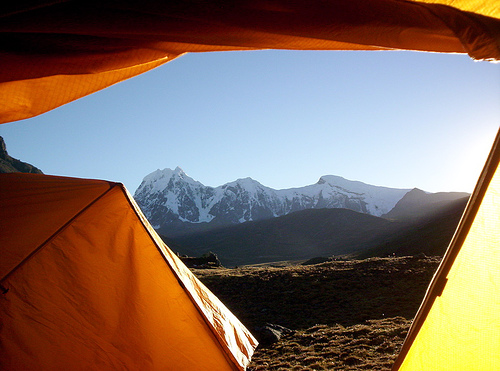
- the more time you have for your trip, the better, in this part of the world. Logistics are time consuming.
- sooner or later, someone is going to offer you Guinea Pig to eat, the Andean staple. Be ready.
See ALL Central Andes BEST HIKES on our South America page.
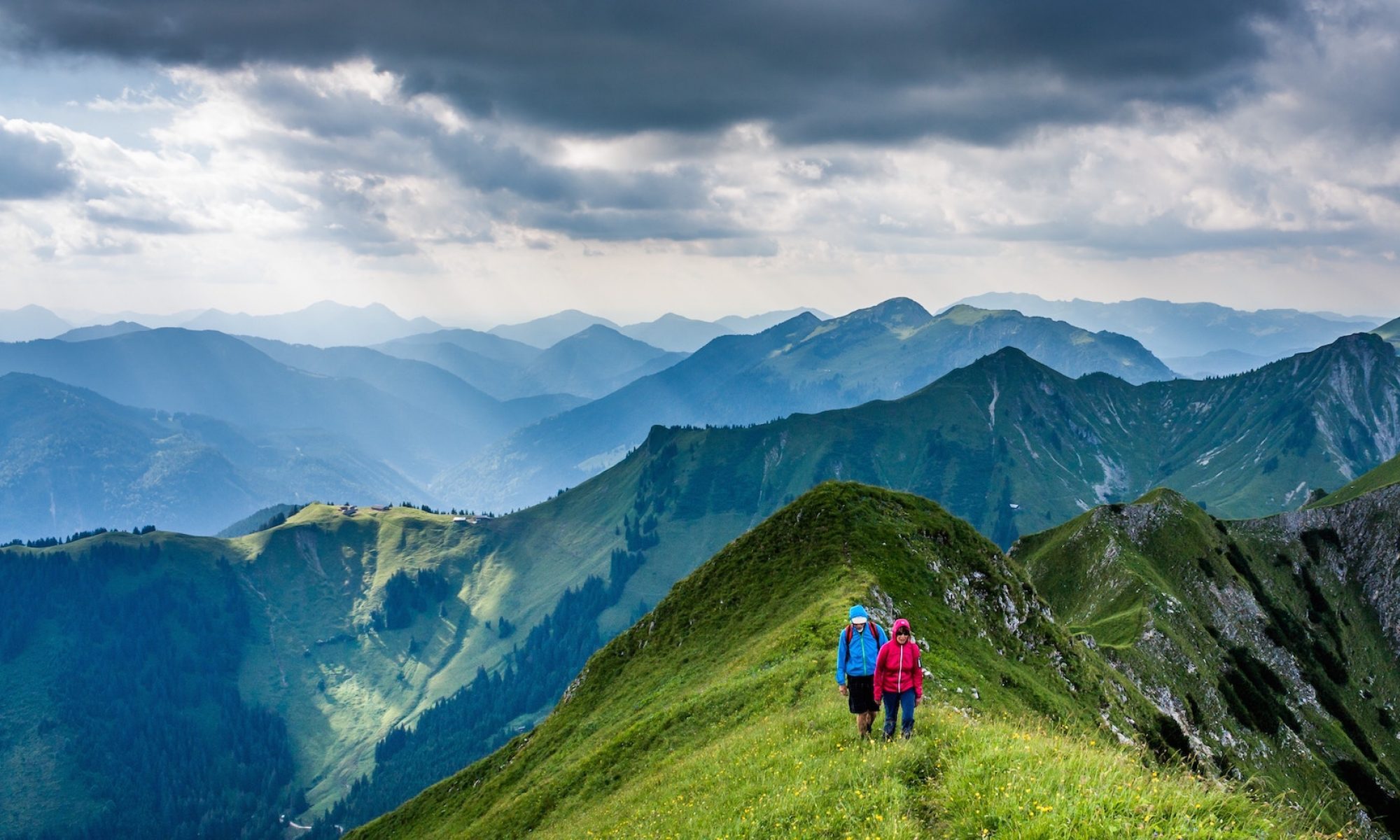
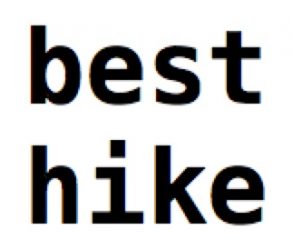

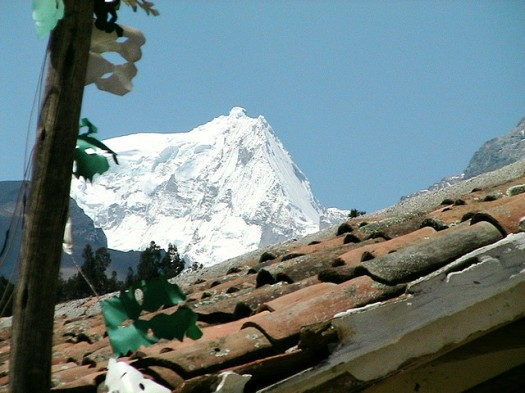
Hello,
are you organizing an Ausangate Trek at the beginning of july?
Thanks
Gabriela
We don’t organize treks. You’d need to contact one of the Peruvian trekking agencies.
Excellent report. Thanks. 🙂
Hi! We are considering to go and do multiple treks in Peru and Bolivia, but we are a bit hesitant due to the timing. We’re flying out the last week of September and will fly back end of October. Is this something you would recommend with regards to the weather? Is Patagonia better this time of year or should we forget about trekking in South America in October and head for Nepal instead? Kind regards, Gerrit
Hi Gerrit. Every November I want to be in Nepal. And this November I plan to go to Nepal. October and December are good too. For me September is a bit late for the Andes. In my experience, February through May are best in the Andes. Especially May.